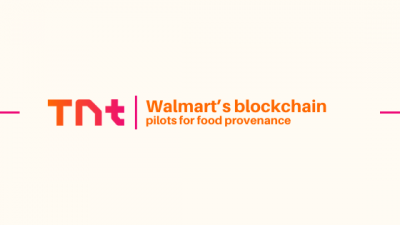Whether your child dreams of becoming a doctor, a teacher, a lawyer, or an astronaut, higher education opens many doors. However, post-secondary education often comes with a hefty price tag. As of 2024, the average undergraduate tuition in Canada cost $7,360 – a figure which doesn’t include textbooks, food, or housing. Fortunately, saving for your kids’ future doesn’t have to be complicated.
A registered education savings plan (RESP) can help you compound your savings, reduce your taxes, and receive grants from the Canadian government. Learn how you can leverage an RESP in Canada to support your children on the path toward achieving their dreams.
What is an RESP?
An RESP is a tax-advantaged savings and investment account. You can open an RESP as soon as your child is born and begin making contributions immediately. Ideally, by the time your kid is ready to enter post-secondary school, they can withdraw funds from the account to cover tuition and other expenses.
Opening an RESP
The person who opens the account is the “subscriber,” and the person the account is for, who can withdraw funds for their education, is the “beneficiary.” While parents, grandparents, and guardians often open RESPs for their children or grandchildren, you don’t have to be related to a beneficiary to open an account on their behalf.
You can open an RESP at a bank, credit union, trust, or insurance provider. This financial institution is called the “promoter.” It’s responsible for holding the funds and making payments to the beneficiary when the time comes.
RESP investments
RESP contributions don’t just sit in the account. They grow through investment in assets like bonds, stocks, and mutual funds. Typically, the promoter identifies and manages investments. However, you might opt for a self-directed RESP if you have investment expertise. This option allows you to build your own investment portfolio and manage your assets. Remember the risks, as a misstep may drastically reduce your savings.
RESPs and taxes
Your RESP contributions aren’t tax-deductible, unlike those to other registered savings accounts. But growth within the account, including interest, dividends, and other investment gains, is tax-
deferred; it won’t count toward your taxable income. Instead, withdrawals count toward the beneficiary’s taxable income. However, because students often have limited income to begin with, the beneficiary may owe minimum taxes.
Making contributions
Anyone with the beneficiary’s social insurance number can contribute to their RESP. Each beneficiary has a lifetime RESP contribution limit of $50,000. However, there are no individual contribution limits. As long as your contribution doesn’t push the account over that $50,000 threshold, you can deposit as much as you’d like.
Government saving incentives
The Canadian government and a few provinces offer opportunities to boost your RESP savings:
- The Canada Education Savings Grant applies matching funds to your account of up to 20% of your annual RESP contributions, with a maximum of $500 per year and $7,200 total per beneficiary.
- The Canada Learning Bond provides up to $2,000 for low-income families with RESPs. You don’t have to make any contributions to qualify.
- The Quebec Education Savings Incentive applies a refundable tax credit of up to $250 to eligible RESPs for Quebec residents annually.
- The British Columbia Training & Education Savings Grant may offer up to $1200 per child for British Columbia families with RESPs who apply for the grant when the children are between six and nine.
Withdrawing RESP funds
When your child starts college or another qualifying post-secondary educational program, they can finally start using the money you’ve been saving for them and any grants or bonds that the government has applied to their RESP.
The promoter disburses funds as “educational assistance payments (EAPs)” to the beneficiary or their educational program. Beneficiaries can only use EAPs for qualifying educational expenses, like textbooks, housing, and meal plans, so you don’t have to worry about your child burning through their savings. EAPs may be limited in the first 13 weeks of enrollment. After that, beneficiaries can withdraw as much as they need.
If your child takes a different path and doesn’t attend post-secondary school, don’t worry. You may withdraw your contributions, transfer funds to another beneficiary, or move the money into a different tax-advantaged registered savings account.
Media Contact Information
Name: Sonakshi Murze
Job Title: Manager
Email: [email protected]
Country: Canada
Information contained on this page is provided by an independent third-party content provider. Binary News Network and this Site make no warranties or representations in connection therewith. If you are affiliated with this page and would like it removed please contact [email protected]



Comments